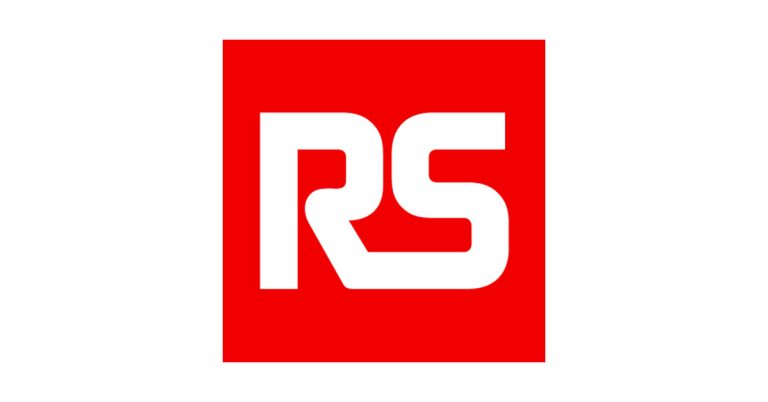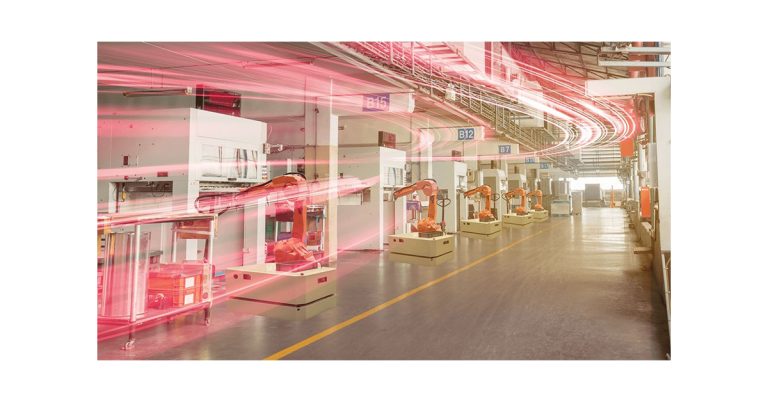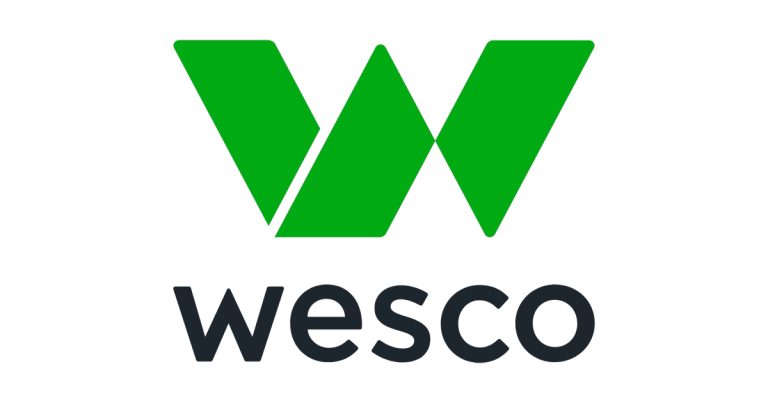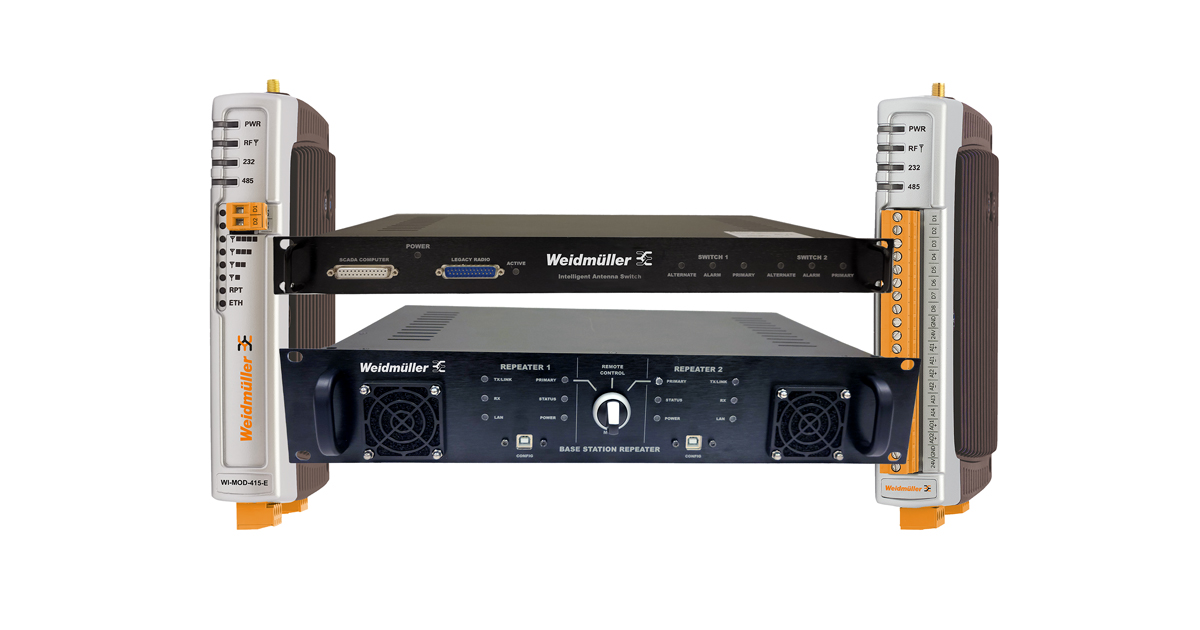Legacy Systems, Modern Challenges: Why Early Project Planning is Key
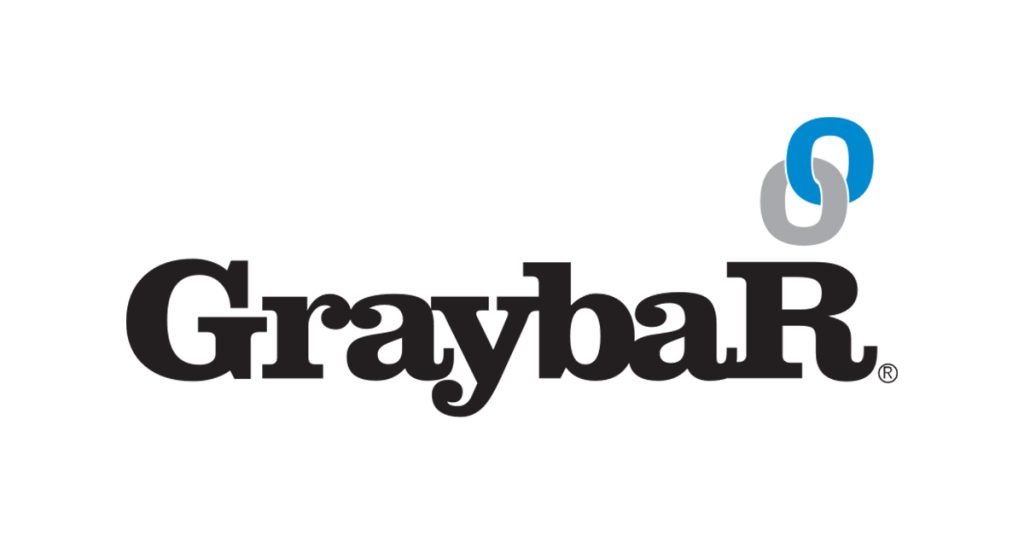
November 5, 2024
As industrial projects and processes grow more complex, effective planning for maintenance and upgrades requires anticipating a wide variety of issues, especially when dealing with legacy systems. These older systems often bring unique challenges—from outdated components and limited compatibility to heightened security risks. When these issues aren’t addressed from the outset, they can create roadblocks that disrupt timelines, inflate budgets, and hinder overall project success.
Supply chain challenges also play an important role in planning. Companies could once assume near-immediate access to any materials and components they needed. Today’s supply chain landscape is more complex, with worldwide disruptions, delays, and longer lead times requiring both flexibility and a more strategic approach. In addition to these supply chain hurdles, rapidly changing technology and increasing security risks add further complications, forcing companies to continually adapt and safeguard their operations. Successful planning now requires not just a logistical strategy but also a proactive approach to technology upgrades and risk management.
Engaging with industry professionals early in project planning is now essential for navigating these issues and ensuring good project outcomes.
Graybar’s extensive supply chain network helps you mitigate disruptions by recommending modern, more efficient alternatives when rare or obsolete parts are unavailable. Rather than encouraging the use of outdated components, which can lead to recurring issues, Graybar works with companies to develop a proactive plan or roadmap. This approach is designed to ensure reduced disruptions and shortages, and to keep projects on track. By involving Graybar from the start, companies can benefit from tailored solutions that support long-term reliability and seamless execution.
The Challenges of Working with Legacy Systems
One of the most significant hurdles for industrial projects is integrating legacy systems with modern technology. While these older systems may have been reliable in their prime, they often lack the features needed to function in a digital-first environment. Legacy equipment may not support automation, real-time data analytics, or cloud connectivity—features that are essential for optimizing efficiency in today’s industrial operations.
The problem lies not only in the age of the technology but in its limited ability to communicate with newer systems. For example, legacy machinery might use outdated communication protocols, which are incompatible with the digital networks that power today’s smart factories. This lack of integration can create bottlenecks, making it difficult to operate or expand without costly workarounds. Relying on outdated equipment limits a company’s flexibility, efficiency, and ability to scale.
Security Risks and Vulnerabilities
While legacy systems may still function, they often introduce significant cybersecurity risks. Many of these systems were designed before modern security protocols were standard and lack the ability to defend against today’s cyber-attacks. Outdated software and weak encryption make legacy equipment highly vulnerable to breaches, which can compromise not only the legacy system but also the entire network.
The risks extend beyond data theft. A cyber-attack targeting a critical legacy system could cause unplanned downtime and costly production delays. Additionally, many legacy systems cannot receive the latest security updates or patches, leaving vulnerabilities exposed. This makes them prime targets for ransomware attacks or unauthorized access.
“We work with a company that runs all their furnaces on Windows NT systems. With their permission, we worked with a white-hat consultant to hack into one of these furnaces just to show how vulnerable it was. When we demonstrated that we could access the system remotely, the company rep literally ran out of the room to get their main decision-maker. It drove home the point about the security risks they’re facing. But now they’re faced with updating dozens of furnaces and considering the budgetary impact of that. It’s a tough decision, but it shows how these outdated systems leave companies exposed to serious cybersecurity threats.” – Hal Chassereau, Graybar
In an industrial setting, these security weaknesses can be far-reaching, impacting everything from daily operations to customer trust. Without addressing these vulnerabilities, companies put both their operations and reputations at risk.
Obsolescence of Parts and Expertise
As industrial systems age, another challenge that arises is the dwindling availability of spare parts and updates for legacy equipment. Manufacturers may have discontinued parts or stopped supporting older systems entirely, making repairs difficult, costly, or impossible. This leaves companies reliant on outdated equipment in a precarious position, where a critical failure could halt operations for extended periods while they source parts or implement temporary fixes.
Beyond parts, the expertise required to maintain legacy systems is becoming increasingly scarce. Fewer technicians are trained on older equipment, and those with the necessary knowledge are often nearing retirement. This reliance on a shrinking pool of experts can lead to operational issues and increase the risk of downtime.
Interfacing Difficulties with Modern Systems
One of the biggest challenges with legacy systems is their inability to interface smoothly with modern technologies. Older systems were not designed to communicate with today’s advanced, data-driven tools that are critical for enhancing efficiency. This leads to inefficient processes, data silos, and delays. Businesses may resort to costly workarounds, but these temporary fixes rarely offer long-term scalability and often lead to increased maintenance costs.
The New Supply Chain Landscape: Why Early Planning is Critical
Supply Chain Disruptions and Lead Times
In the past, companies could rely on stable supply chains, with parts and components readily available. But with today’s unpredictable supply chains, extended lead times and material shortages are common. This is especially challenging for projects involving legacy systems.
This shift requires flexibility in planning. Timelines need to account for potential delays in sourcing parts, especially for older systems. Early planning allows companies to build realistic timelines that account for sourcing alternatives and setbacks.
Importance of Early Project Engagement
To mitigate these risks, engaging with experts early during the planning phase is crucial. Bringing solution providers in early helps companies anticipate supply chain challenges, allowing for better budgeting and time management.
Three Key Benefits of Early Engagement
- Improved Timeline and Budgeting
Engaging Graybar early provides a realistic assessment of lead times, costs, and supply chain issues. With this insight, companies can plan contingencies, reducing last-minute surprises and ensuring projects run more smoothly. - Strategic Product Substitution
Legacy systems often come with the challenge of finding parts that are no longer manufactured. Graybar can help identify -alternative parts that meet operational requirements, preventing downtime. - Collaborative Problem Solving
Early engagement fosters collaboration between stakeholders, helping to solve potential problems before they escalate. We work with you to create a comprehensive roadmap for legacy system integration and modern upgrades.
Scalability in Action: Overcoming Legacy System Challenges
Let’s look at this in action, with fictional company Alloy Dynamics, a metal fabricator specializing in producing high-performance alloys. They use Programmable Logic Controllers (PLCs) to manage and automate their heat treatment furnaces and machining operations. These systems, installed 20 years ago, still work but struggle as the company seeks to expand and improve efficiency. They lack modern communication protocols like Ethernet or wireless and can’t capture real-time data.
To compensate, the company created a patchwork solution using converters and custom software to link the old PLCs to modern systems. While this provided basic integration, it increased maintenance needs and led to a fragile system. As Alloy Dynamics grew, these workarounds became increasingly costly and limited their ability to scale.
By engaging Graybar early, the company could have avoided these issues. Several solutions could have included:
- Protocol Gateways: Convert older communication protocols to modern ones, providing reliable integration. This will extend the legacy PLC’s life without compromising integrity.
- Hybrid Control System: Add modern controllers alongside the legacy PLC for real-time monitoring and data analytics. This will increase flexibility and scalability without requiring full replacement.
- Modular Upgrades: Upgrade specific components like the communication module or add new input/output (I/O) points where necessary, ensuring that future expansion or changes can be more easily implemented. In many cases, it’s possible to install a new processor that communicates with the existing I/O without the need for rewiring. This not only minimizes the risk of wiring errors, which can be difficult to troubleshoot, but also saves significant time and effort. This phased approach allows for modernization in manageable steps, minimizing downtime and maintaining system stability while ensuring scalability for future needs.
- Digital Twins and Edge Computing: Edge devices collect real-time data, and digital twins simulate the PLC’s behavior. This bridges old and new technologies, allowing Alloy Dynamics better to future-proof their operations while leveraging the existing infrastructure.
- Systematic Line Upgrades: Implementing a systematic approach where one production line is upgraded at a time creates spares for the remaining lines. This reduces the risk of downtime for the entire facility and spreads the cost of modernization over a longer period, providing flexibility in budgeting and resource allocation.
- Full System Replacement: In some cases, replacing the legacy PLC with a modern system is the best option. This leverages modern technologies for greater efficiency, security and operational agility across the entire production line.
The right solution for this challenge will always depend on the company and its long-term goals and budget, but bringing Graybar into the process will help them to find solutions they might not have discovered on their own.
Conclusion: Early Engagement Leads to Long-Term Success
Successful project outcomes hinge on early, strategic, planning. By engaging Graybar from the outset, companies can address potential challenges before they escalate, helping to ensure that projects remain on time, within budget, and better adaptable for future growth. Graybar’s logistics expertise, strong supplier relationships, and deep understanding of legacy systems help companies streamline their timelines and avoid the pitfalls of outdated technology.

https://www.graybar.com/legacy-systems-modern-challenges-why-early-project-planning-is-key

